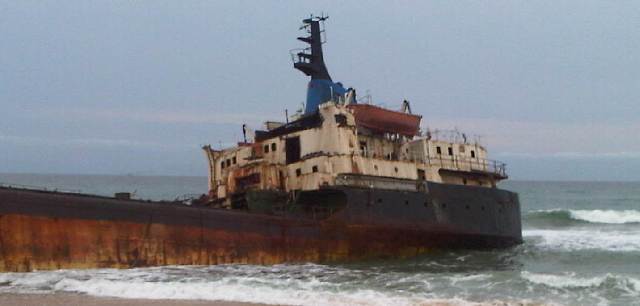
Energy top stories to 18/08/22. OPEC daily basket price stood at $95.73/bl, 17 August 2022
WTI for September delivery fell 3.2% to $86.53 in New York
Brent for October settlement slid 2.9% to $92.34
Equinor announced on 4 May 2022 an ordinary dividend per share of USD 0.20 and an extraordinary dividend per share of USD 0.20 for first quarter 2022. The NOK dividend per share is based on average USDNOK fixing rate from Norges Bank in the period plus/minus three business days from record date 12 August 2022, in total seven business days. Average Norges Bank fixing rate for this period was 9.6405. Total cash dividend for first quarter 2022 of USD 0.40 per share is consequently NOK 3.8562.
On 26 August 2022, dividend will be paid to shareholders on Oslo Børs (Oslo Stock Exchange) and to holders of American Depositary Receipts (“ADRs”) on New York Stock Exchange. Read More

KBR (NYSE: KBR) announced today it was awarded a $20 million contract by the United States Geological Survey (USGS) Albuquerque Seismological Laboratory (ASL) for sustained support of more than 330 operational or proposed stations in 69 countries, including approximately 230 stations in the continental U.S. Under the scope of this cost-plus-fixed-fee recompete contract, KBR will provide support for the deployment, operation, maintenance, and repair of USGS domestic and global seismographic systems. The KBR team will support the installation and operation of the USGS component of the Global Seismographic Network, a permanent digital network of more than 150 seismological and geophysical sensors.
This work will take place out of the USGS ASL in Albuquerque, New Mexico, adjacent to Kirtland Air Force Base. KBR will also provide support to the US N4 Network, the Advanced National Seismic System backbone network, additional regional networks, and earthquake aftershock deployments. Along with operational support to these networks, KBR support will ensure the quality and integrity of the data. This data is used for real-time seismic monitoring by the USGS National Earthquake Information Center, for tsunami warnings by the National Oceanic and Atmospheric Administration (NOAA) Tsunami Warning Centers, for nuclear test monitoring by both the Comprehensive Test Ban Treaty Organization and the U.S. Air Force, as well as for scientific research by a broad community of international users.
This tech-heavy contract also includes support for instrument testing and development, depot operations, data collection and quality control, inventory management, shipping coordination, software engineering, and warehouse logistics. The strategic win for KBR includes one base year, four option years, and one six-month extension option. Read More–>

Reference is made to the stock exchange announcement by Nel ASA on 12 August regarding the issuance of shares in Nel ASA.
The share capital increase pertaining to the issuance of the 4,452,600 new shares has now been registered with the Norwegian Register of Business Enterprises. The Company’s new registered share capital is 312,658,220.80, divided into 1,563,291,104 shares, each with a par value of NOK 0.20.
In addition, Nel ASA has now sold all its shares in Nikola. A total of 1,106,520 shares were sold for a total consideration of about USD 7.5 million. Nel has reported the holding in Nikola as a financial current asset. The sale does not in any way influence the good working relationship with Nikola. Read More
U.K. Ministers and the Bank of England are facing fury at the lack of a plan to ease the cost-of-living ‘nightmare’ as inflation soared to another 40-year high.
The headline CPI rate reached 10.1 per cent in July – well above analysts’ predictions of 9.8 per cent. It was up from 9.4 per cent the previous month.
It is a peak since February 1982, when the measure was estimated to have been 10.4 per cent.
But even that mark could be smashed later in the year, when the Bank of England expects the level to top 13 per cent.
The latest increase – together with relatively robust jobs market figures yesterday – will reinforce speculation that the Bank will hike interest rates again next month.
That could help rein in rampant prices, but would also heap more pain on Britons, as wages lag far behind.The energy price cap – which regulates what more than 20million households pay for their gas and electricity – is due to rise again in October.
The cap is set to hit around £3,635 according to the latest predictions. That would be an 84 per cent rise from today’s already record high price cap. Read More
A new U.S. Department of Energy (DOE) report on wind energy shows distributed wind energy—wind turbines that provide power for nearby consumers—is expanding across the nation, benefiting a wide range of organizations and communities, from large corporations to remote villages.
The latest edition of DOE’s Distributed Wind Market Report finds that all 50 states, the District of Columbia, Puerto Rico, Guam, and the U.S. Virgin Islands have installed a combined 1,075 megawatts (MW) of distributed wind. Read More–>
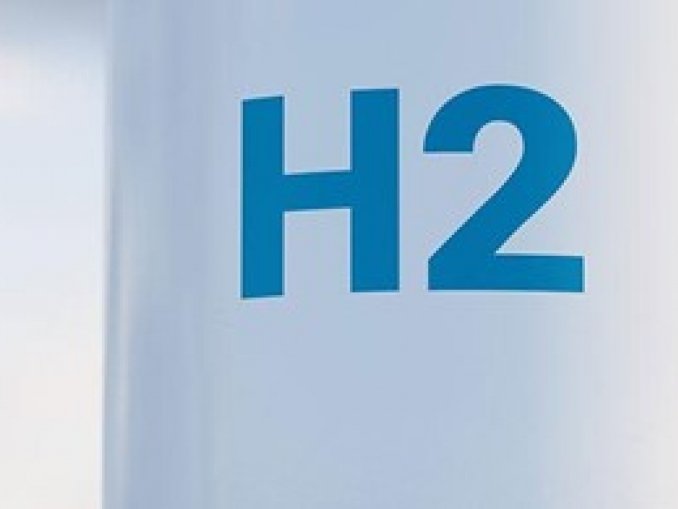
Hydrogen does not occur freely in nature, because it reacts readily with and binds to other elements. Because of these properties, hydrogen needs to be created from existing molecules. Doing so requires energy, and that energy can come from various sources including renewables (wind, solar, hydropower, biomass, and geothermal energy), nuclear power, and fossil fuels (such as natural gas and coal – with carbon capture and sequestration). The U.S. currently produces more than 10 million metric tons of hydrogen per year, about one-seventh of the global supply.
Natural gas is currently the primary fuel source used to produce hydrogen. Although it is currently one of the lowest cost options, the use of natural gas releases carbon dioxide into the atmosphere, a greenhouse gas that contributes to climate change. The natural gas industry uses carbon capture and sequestration processes to capture the greenhouse gases produced by natural gas, but this technology has not yet achieved widespread use. Read More
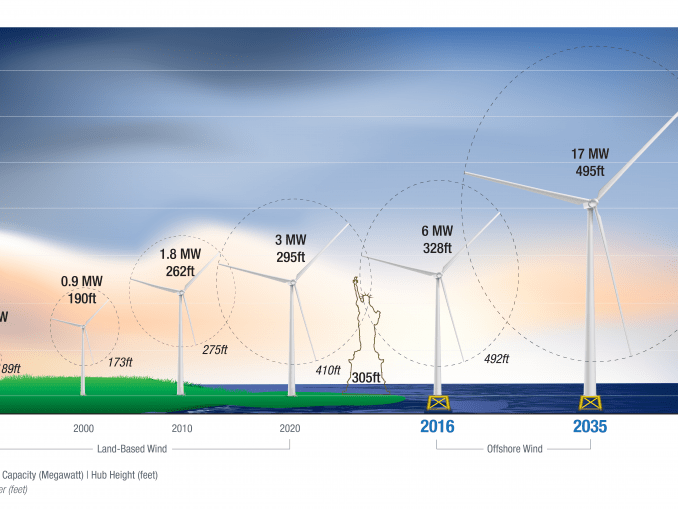
A wind turbine’s hub height is the distance from the ground to the middle of the turbine’s rotor. The hub height for utility-scale land-based wind turbines has increased 66% since 1998–1999, to about 94 meters (308 feet) in 2021. That’s about as tall as the Statue of Liberty! The average hub height for offshore turbines in the United States is projected to grow even taller—from 100 meters (330 feet) in 2016 to about 150 meters (500 feet), or about the height of the Washington Monument, in 2035.Turbine towers are becoming taller to capture more energy, since winds generally increase as altitudes increase. The change in wind speed with altitude is called wind shear. At higher heights above the ground, wind can flow more freely, with less friction from obstacles on the earth’s surface such as trees and other vegetation, buildings, and mountains. Most wind turbine towers taller than 100 meters tend to be concentrated in the Midwest and Northeast, two regions with higher-than-average wind shear. Read More
Russia’s government will allocate 1 bln rubles ($16 mln) for recovery of developers’ expenses on R&D works for creation of LNG production equipment, Prime Minister Mikhail Mishustin said at a government meeting on Wednesday.
“The government will support developers, allocating 1 bln rubles for recovery of costs on R&D works using cutting-edge technologies,” he said.
“Those funds will allow the launch and partial financing of four projects on the creation of LNG equipment for medium-and large-scale production this year,” PM explained. Read More
Japanese companies purchasing energy resources as part of the Sakhalin 2 oil and gas project, will be able to keep terms of their contracts and volumes of supplies, Kyodo news agency reported on Wednesday citing sources in the industry.
According to the sources, the new operator of Sakhalin 2 approached Japanese energy companies with an offer to conclude contracts on the same terms, including prices and purchase volumes.
Several Japanese companies, including Kyushu Electric Power and Saibu Gas, have already received notice to transfer the project to the new operator, the Nikkei newspaper reported earlier. Read More
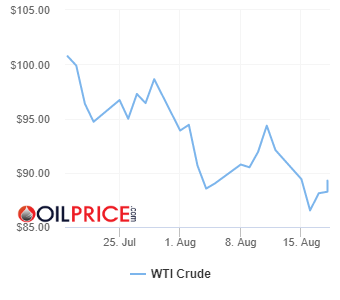
| Oil and Gas Blends | Units | Oil Price $ | change |
| Crude Oil (WTI) | USD/bbl | $89.27 | Up |
| Crude Oil (Brent) | USD/bbl | $95.08 | Up |
| Bonny Light | USD/bbl | $118.06 | — |
| Saharan Blend | USD/bbl | $117.77 | — |
| Natural Gas | USD/MMBtu | $9.33 | Down |
| OPEC basket 17/08/22 | USD/bbl | $95.73 | Down |
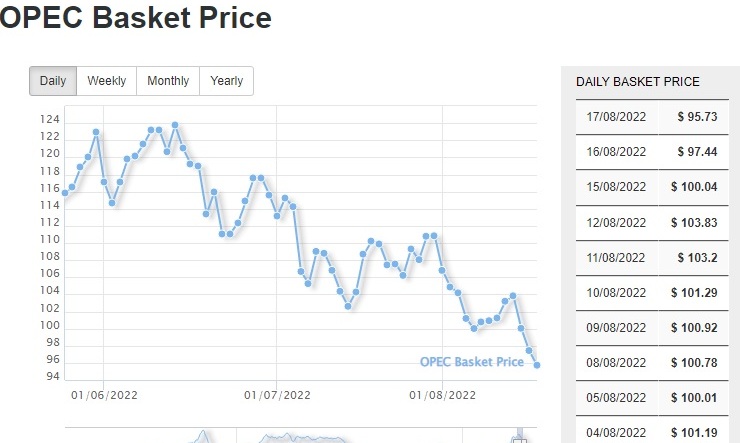
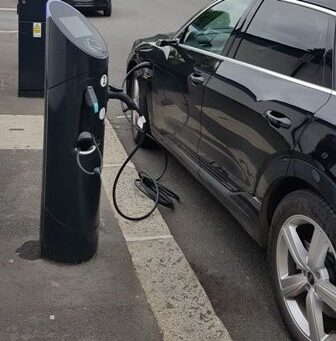
UK councils are REMOVING electric car chargers. Research, carried out by leasing experts LeaseLoco, found that Six in 10 (61%) local authorities are failing to roll out public electric car chargers fast enough to meet government’s targets.
The government wants 300,000 public EV chargers by 2030 – but Department of Transport figures show there are currently only 32,011 across the UK, of which just 5,974 are rapid chargers.
With another 268,000 public chargers to be installed and less than eight years to get it done, local authorities need to grow their charger network at an annual rate of 32%.
But Lease Loco says: ‘the majority are woefully short of this growth rate.’ Read More–>
OilandGasPress Energy Newsbites and Analysis Roundup |Compiled by: OGP Staff, Segun Cole @oilandgaspress.
Disclaimer: News articles reported on OilAndGasPress are a reflection of what is published in the media. OilAndGasPress is not in a position to verify the accuracy of daily news articles. The materials provided are for informational and educational purposes only and are not intended to provide tax, legal, or investment advice.
Please email us your industry related news for publication info@OilAndGasPress.com
Follow us: @OilAndGasPress on Twitter |


